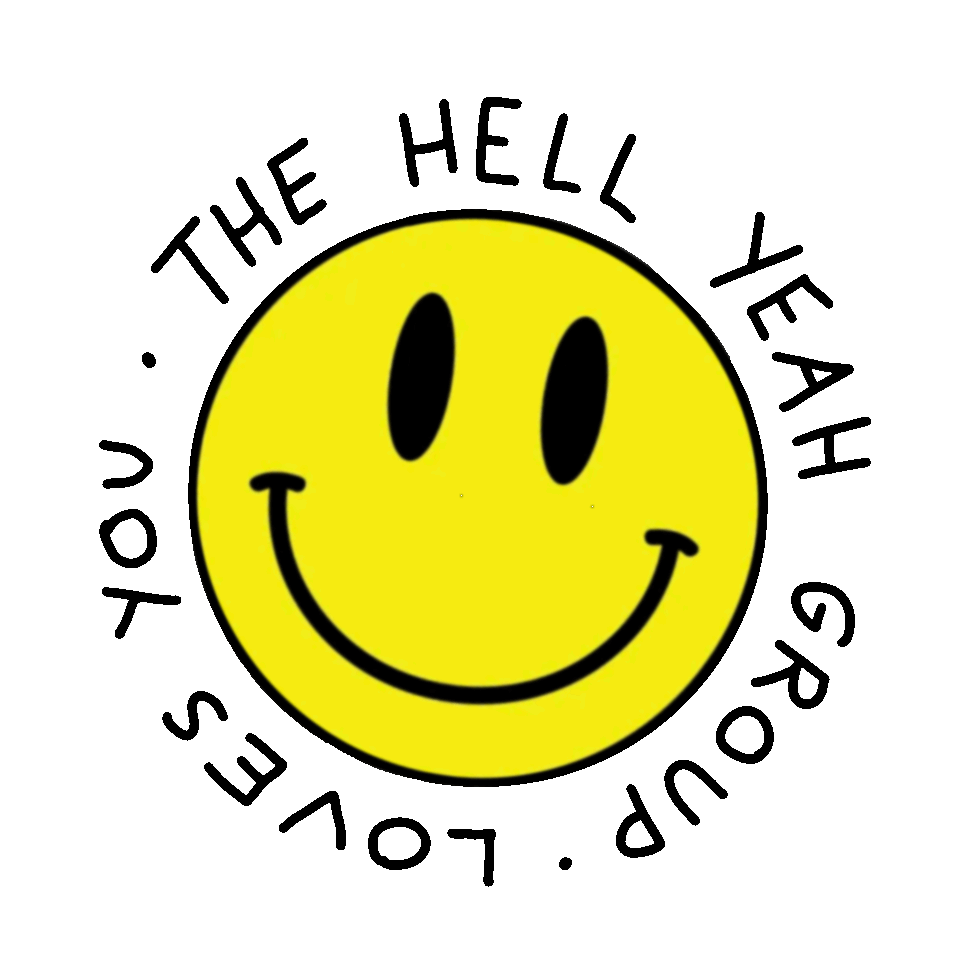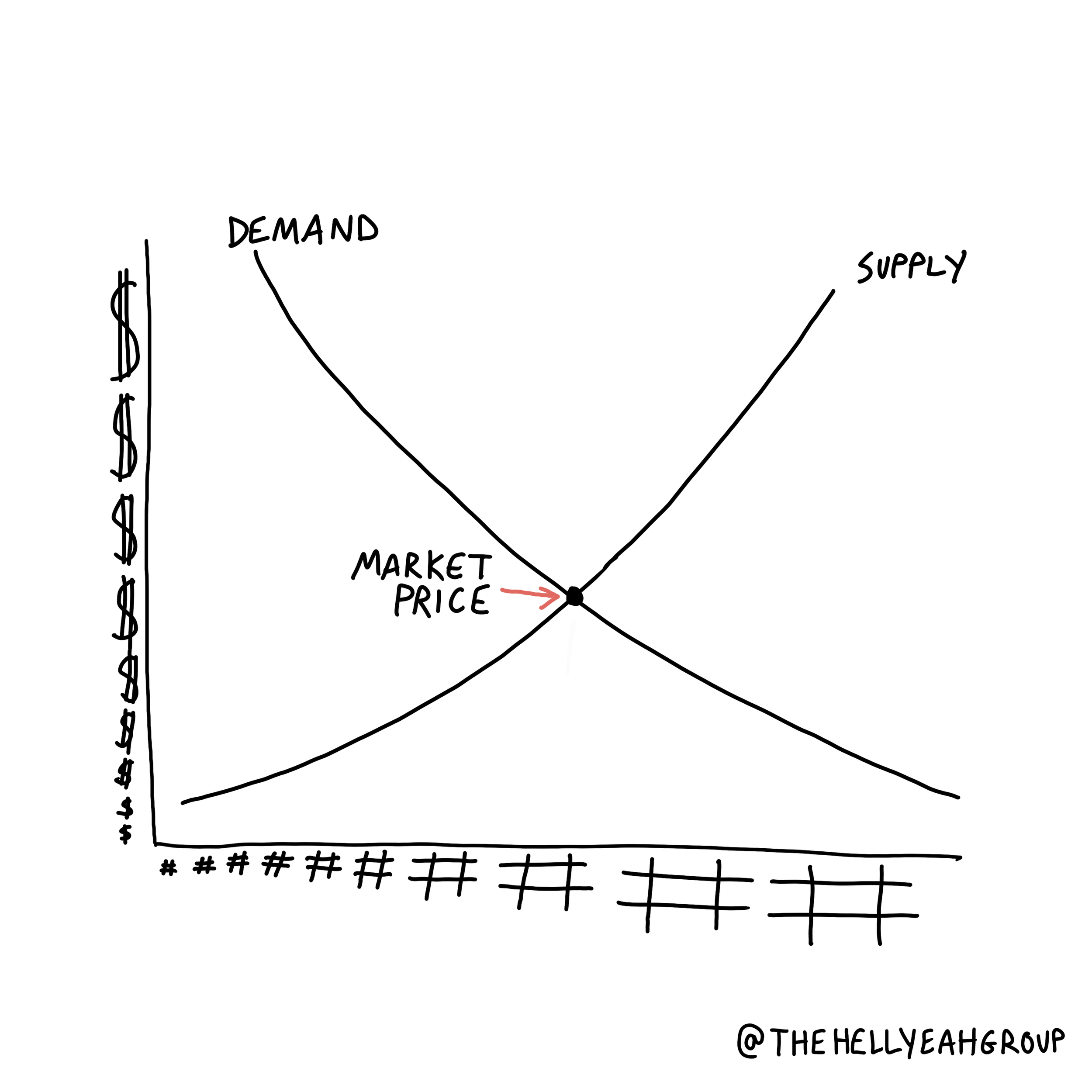Here are my predictions for what’s in store in 2024 and what that means for creative businesses. They’re a result of reflecting on the last year, observing larger trends and chatting with folks across various creative industries, from creators who make money on social media to to small business owners, artists, and folks in the podcasting industry. A lot of this may be anecdotal, but some of these patterns are worth paying attention to. Let’s dig in.
The backdrop of our economy has changed: Bye-bye, 0% interest rates.
The first character in our story is the glorious 0% interest rate. This fellow came onto the scene after the housing crash that ushered in The Great Recession. During this time, the Fed cut interest rates to keep our economy firing and to avoid another Great Depression.
Here’s why. Let’s say you’re the kind of person who has a bunch of extra cash lying around. When you have a bunch of extra cash, you look for places to put your money where you’ll get a return. You use money to make money because if you don’t, inflation will decrease its value over time.
So when interest rates are high (in relative terms), the bank or US treasuries offer a pretty good return on your money. But when interest rates are low (again, relative), those guaranteed returns aren’t there, so you look for other places to put your money.
So where does your money go? Startups (remember how every company wanted to be “the Uber of insert-industry-here”), luxury condos, cryptocurrency (remember NFTs?), and various forms of media (see: the current streaming wars, 8-figure podcasting deals, and the TikTok creator fund). Don’t worry; this is exactly what was supposed to happen with 0% rates. The goal was to put cash into companies and assets and to fan our economy's flames.
As a result, the economy we’ve known for the last many years has been “riding a wave of cheap money.” And now, as 0% interest rates exit stage left, our world will shift along with it. A higher-rate environment is the new backdrop for all of us.
It's painful right now because our whole economy built itself around these 0% rates — go back to the recesses of your memories and recall how affordable AirBnB and Uber used to be. The price increase we’ve experienced is what happens when cheap money no longer subsidizes things.
Now that I’ve set the stage, here are some things to consider.
Technology will continue to democratize the creative act.
The music industry has always been the canary in the coal mine for all other creative industries. For example back in 2001, Napster, a file-sharing service that encouraged illegal music sharing, wreaked havoc on the music industry. While Napster wasn’t a streaming service, it certainly was a harbinger for the current state of the film and television industry and the struggle to make streaming a sustainable business model.
We can look at how music has changed over the last twenty-something years to understand how creative industries might be met with similar challenges.
Let’s go back to when I was just a wee teen, playing in my cute band. Back then, recording and releasing music to the masses was met with at least a couple of barriers: the costs of recording the music and distributing it.
Back then, you needed to go to a recording studio that had recording equipment. And often, you paid for studio time by the hour. If you could clear that hurdle, the next one you’d meet was distribution. How will you get your music to the people? Back then distribution looked getting a record deal or by playing lots of live shows and selling physical copies, like CDs, to the audience.
So let’s recap: with less developed technology for both creating and distributing recorded music, barriers for artists were higher. These barriers naturally constrained the supply of recorded music. If we fast-forward to today, the state of the music industry has changed as technology has advanced.
Sometime around 2011, Apple computers started offering Garage Band, music recording software, for free. In the same way we’ve seen televisions become cheaper because of improved technology, recording equipment has also become more accessible. So has distribution. Musicians can share their music on SoundCloud, YouTube, Spotify, and of course, across social media platforms.
Lower barriers to entry mean more folks can record and distribute their music. There are tons of bedroom recording artists making and releasing high-quality tunage. Rachel Newman, Apple Music‘s global head of editorial, wrote: “Back in the 1960s, only 5,000 new albums were released each year.” Let’s compare that to today. The CEOs for both Universal Music Group and Warner Music Group report that 100,000 new songs are uploaded online each day.
This is no longer a phenomen in just the music industry. iPhones, cheap apps and cheaper technology have made everything from film making, photography and podcasting more accessible than ever. And as a result, people can make a living from their creativity by making content. And from 2020 to 2022, a ton of people did.
So, what happens as the supply of creative output goes up?
The democratization of creativity is incredbile for the creative act, but it has consequences for the commercialization of creativity. Let’s look at how we value music today.
A lot of us get to listen to music either for free by using YouTube or for a relatively nominal fee with a service like Spotify. To date myself, in college, I would spend an embarrassingly large portion of my paycheck at local record and thrift stores buying physical copies of albums. Today, I spend the equivalent of a single album purchase for access to more music than I could ever listen to. The supply of music vastly outweighs demand and as a result, I’ve gone from spending hundreds of dollars every few months to less than a couple hundred a year.
In traditional economics, when the supply of something increases, the closer it gets to meeting (or exceeding demand), the cheaper it will become. Is this true of creative work? It seems to be so, but because technology can increase the speed and volume of output, I think an interesting consequence is that “human-crafted” work can be priced at a premium.
Anecdotally, all of the folks I’ve been talking to who are in the business of monetizing content have had a rough 2023. Despite reports that marketing budgtes are poised to increase, many saw their revenue plunge compared to 2020 - 2022. Why? I think it’s a combination of supply flooding the market against the backdrop of higher interest rates. And I think consumers feel frustrated with social media and algorithms constantly selling to us, which leads to the consumer trend that I think will continue to grow: more value placed on the human touch.
The backlash against automation and our algorithmic selves.
I’m already starting to notice myself placing more value on human-made things, human-forward services, old, analog products, or things with an interesting background story.
Last year, I found myself annoyed by Spotify making recommendations, and since then, the amount of time I’ve spent listening to human DJs playing sets of songs they’ve hand-selected has dramatically increased. And on principle, I don’t buy products recommended in ads on social media.
I think part of the reason why I find myself raging against the algorithm machine is because I miss the feeling of discovery. So much is being recommended to me or handed to me based on behind-the-scene analytics. And while that’s efficient and effective and good for sales, there is no joy of discovery. Think about it like this: drinking the adult equivalent of baby formula for every meal would be the most efficient way to get nutrients. You’d save time, money, and brain space, but at the cost of fucking joy.
So as technology continues to make automated services cheaper and more prolific, I think the things infused with a humanness, will only increase in value. We’ve seen this with the trend shifting from online courses to online communities. I think this speaks to the desire for real-time, human connection.
Scaling back is sexy.
In 2023, I saw some folks scale back their business. And at the top of 2024, I’m seeing some go from having a team to returning to solopreneurship or not aiming for much growth. I believe this trend of scaling back will continue for the year. And I think it has a lot to do with folks being cautious, and of course, the era of cheap money makes investing in growth more expensive.
I also think it suddenly seems cool to spend less money on things and to be resourceful. Gen Z appears to be more into thrifting than I remember my generation being at their age. But I’ve also found myself feeling a renewed sense of excitement about shopping second-hand.
And I have felt my mindset shift from wanting to make a lot of money so I could spend a lot of money to wanting to be more resourceful and thoughtful about the things I buy and how my consumption has a bigger impact on my local economy and on the planet.
What is old is new again: traditional businesses are back in vogue.
Over the last decade, I have memories of reading headlines about Uber losing money year after year and thinking, “If I went into a bank and showed them my company lost money for five years in a row, there is no chance they’d give me more money to grow my business.” But that happened in the golden era of startups and cheap money.
In this environment, cheap money will be less available, which means many a-would-be start-up founder won’t get the funding they need. So what’s the alternative? Business, as usual. Literally. I predict we’ll see more folks shift to a classic, traditional, small business.
A handful of thought leaders in the business space are also talking about “boring businesses.” Things like a pool cleaning services, bookkeeping services (!) and laundromats are all simple, straightforward, unsexy businesses, but they offer a clear value proposition. They solve a real problem (as opposed to trying to monetize attention).
Even though I’m sure I’ll be wrong about some things in this list, I think this exercise is important for business owners, freelancers, and solopreneurs. Understanding the general landscape of the economy and the market inform how you’ll operate in the year to come.
Let me know your thoughts, opinions, predictions, or the like in the comment section below. Please be kind; I am, like you, a human being.







